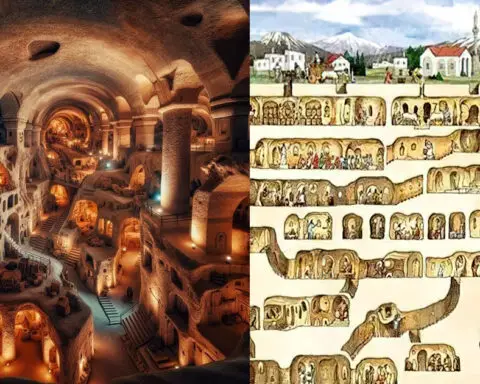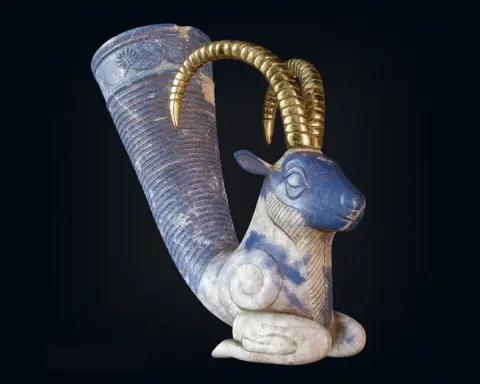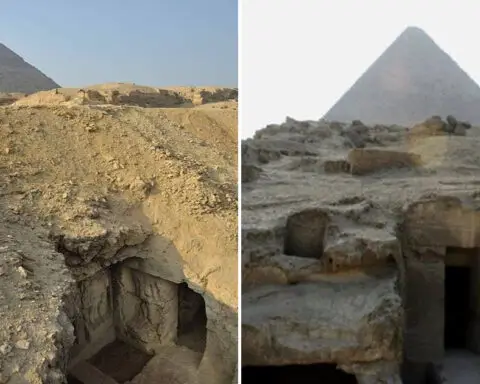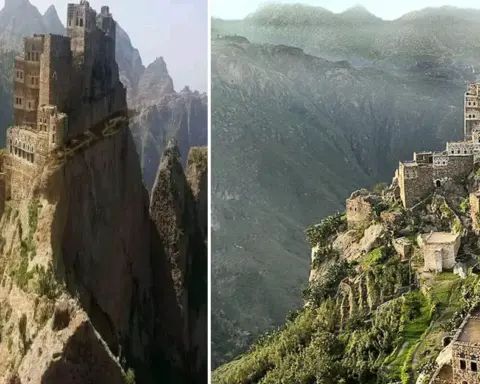For centuries, the Great Pyramid of Giza has been labeled as the final resting place for Egyptian rulers. However, recent analyses and discoveries propose an altogether different function—one that’s far more captivating. With its impeccable mathematical precision and unconventional construction materials, mounting evidence indicates that this iconic structure might have operated as an ancient power plant, generating and distributing electricity to the civilization surrounding it. This exploration delves into the compelling evidence and theories hinting at the Great Pyramid’s potential as a powerhouse of ancient times.
The Monumental Undertaking
Understanding the potential of the Great Pyramid as a power plant requires acknowledging the monumental effort invested in constructing these awe-inspiring structures. Egypt boasts over 100 pyramids, an endeavor that would have demanded thousands of laborers and multiple decades to complete. The sheer scale of this task prompts questions about the underlying purpose of these colossal edifices.
Unusual Characteristics: Hinting at an Alternative Function
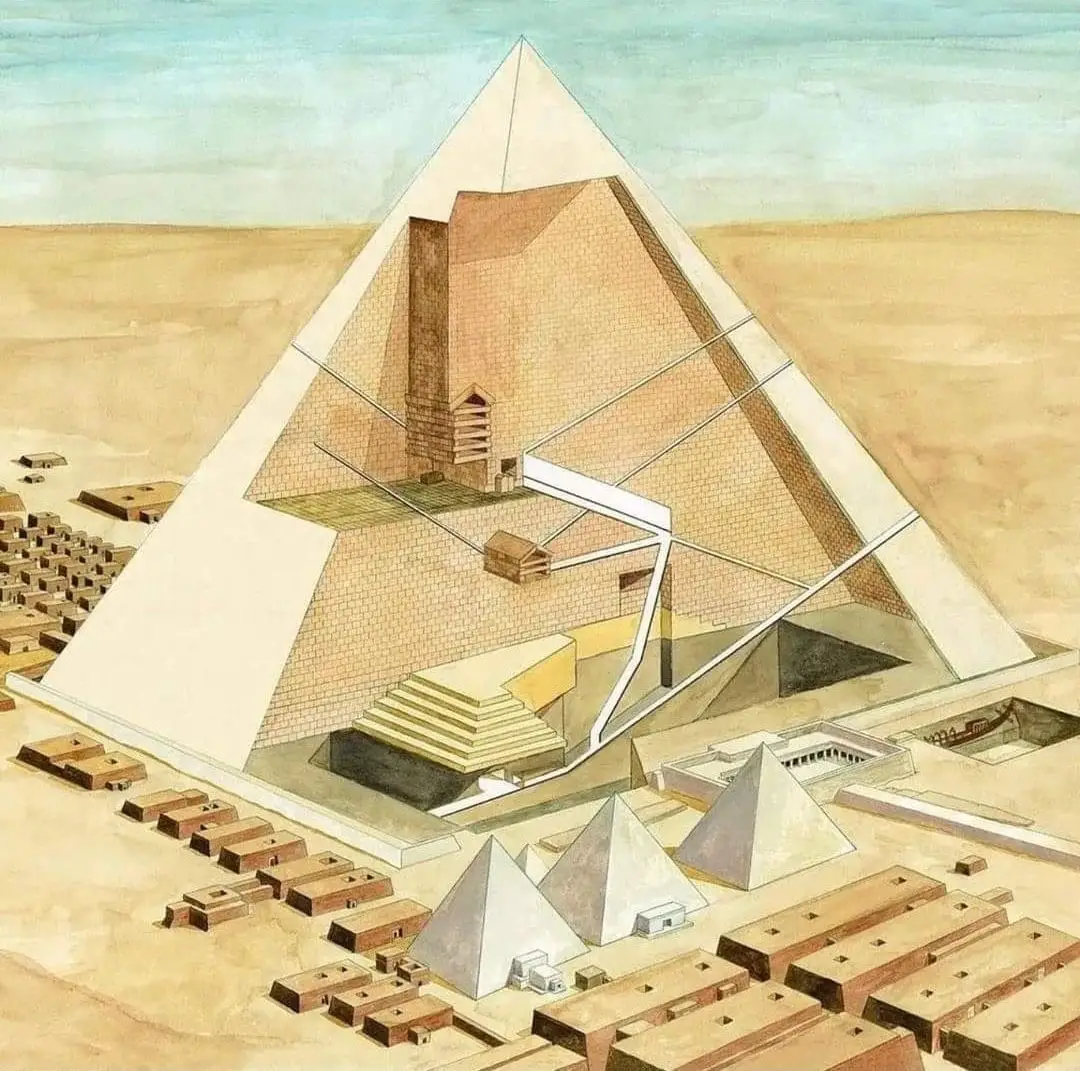
A closer inspection of the Great Pyramid reveals a striking absence of typical tomb attributes. There are no extravagant artifacts, elaborate coffins, sealed entrances, ornate wall art, or mummies typically associated with tombs. Instead, the pyramid was built using distinctive materials that possess electrical conductivity, a departure from the expected. These anomalies compel historians to question traditional narratives and consider the prospect of a more utilitarian role for these ancient structures.
The Baghdad Battery: Clues of Ancient Electrical Knowledge

The unearthing of the Baghdad or Parthian battery in Iraq offers additional support for the notion that ancient societies might have held knowledge about electricity. This artifact, composed of a ceramic pot, a copper tube, and an iron rod, had the ability to generate electricity when paired with a liquid acid.
Similar experiments using grape juice have successfully produced a few volts of electricity, suggesting that ancient cultures may have possessed advanced electrical knowledge.
Construction Materials: Signs of Electrical Functionality
Remarkably, the materials employed in constructing the Great Pyramid share similarities with those used in making electrical wires. Limestone, dolomite, and granite, typically associated with tomb construction, are acknowledged for their electrical conductivity properties. The design elements such as angled tunnels, sizable swivel doors, and granite boxes within the pyramid further lend weight to the theory of an electrical purpose. Moreover, the enigmatic mortar used to bind the stones together exhibits exceptional strength, possibly indicating a specific function.
The Queen’s Chamber: Enigmatic Evidence
The Queen’s Chamber, a hidden compartment within the Great Pyramid, presents compelling evidence of potential electrical functionality. Recent discoveries in this room unveiled carefully crafted copper wires and symbols painted on the floor, resembling a wiring diagram. This arrangement hints at the possibility of utilizing the chamber as an energy capacitor or battery, channeling electromagnetic energy within the pyramid.
Geographical Location: Harnessing Natural Energies
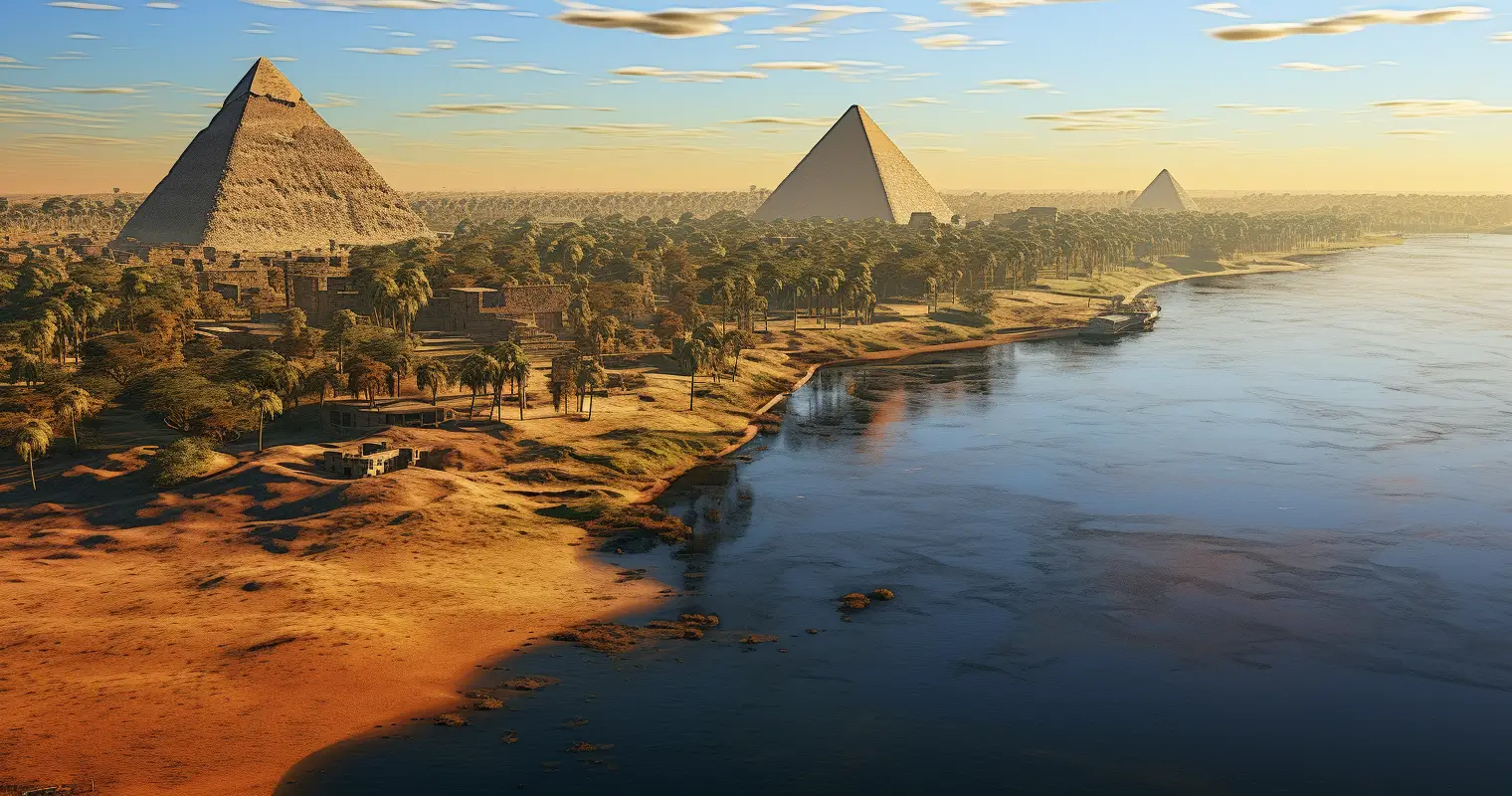
The geographical placement of the Great Pyramid offers additional hints about its potential as an energy generator. Positioned atop powerful underground rivers and aquifers, the pyramid might have tapped into the physioelectricity generated by the flowing water. Its proximity to the Nile River, which ran adjacent to the pyramid, suggests that water could have been absorbed by the limestone, potentially facilitating energy transfer through capillary action.
The Pyramid’s Electromagnetic Field: Wireless Transmission?
Tesla’s experiments with wireless energy transmission draw parallels to a potential system within the Great Pyramid. The high electromagnetic readings around the pyramid, coupled with its unique electric materials and alignment with Earth’s electromagnetic forces, lend support to the notion of wireless energy transmission.
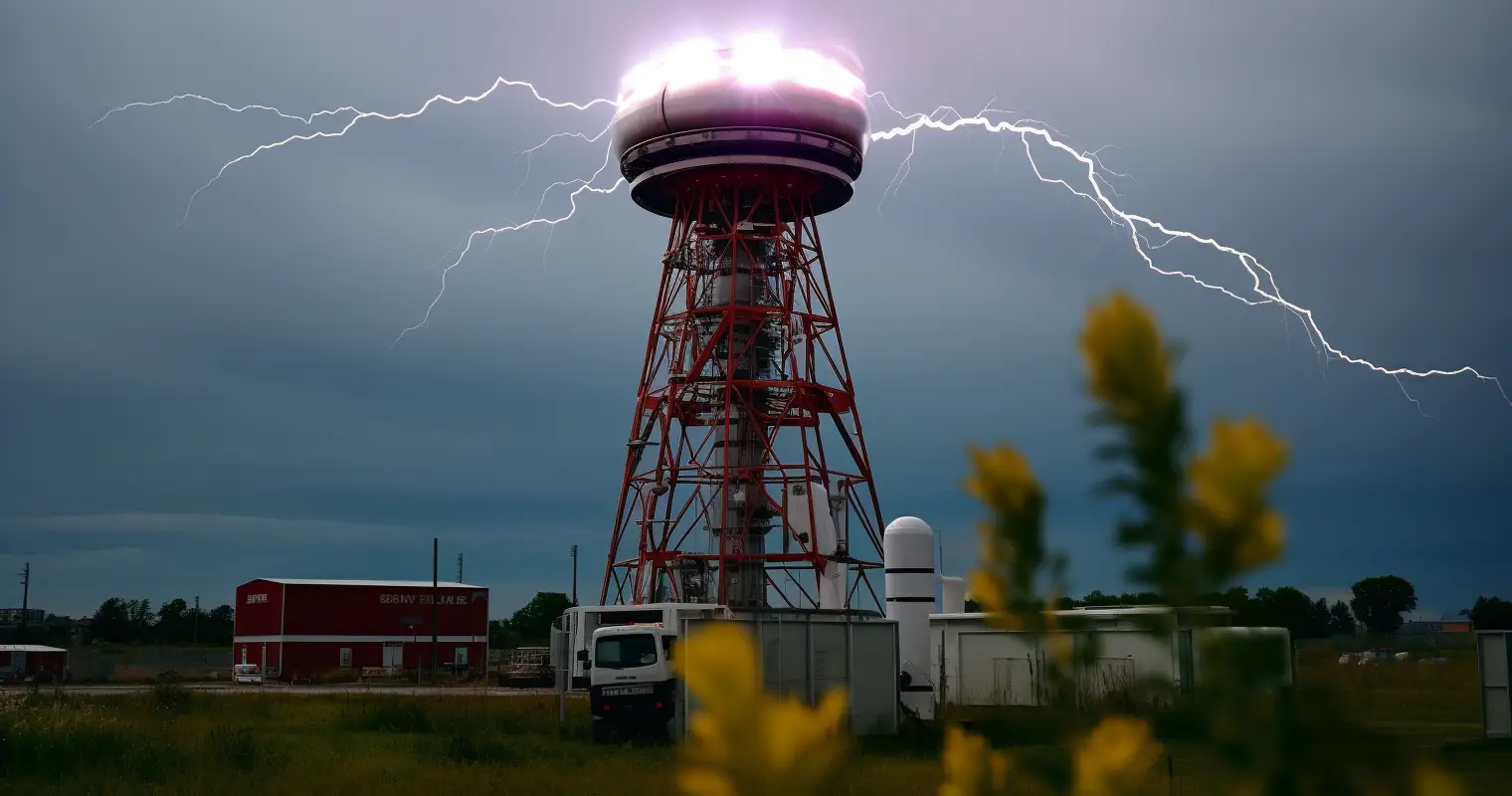
Creating a conductive pathway using materials like gold and utilizing quartz stone and obelisks as receivers, the pyramid might have transmitted electromagnetic energy wirelessly, powering devices within the civilization.
In Conclusion
Despite mainstream beliefs regarding the Great Pyramid as a tomb, accumulating evidence indicates a far more extraordinary function. From its construction materials to intricate designs and alignments, the Great Pyramid displays attributes consistent with that of a power plant. The idea that ancient civilizations possessed advanced knowledge of electricity challenges conventional understanding, opening doors to redefining historical narratives. Whether global wireless electricity transmission was achieved remains uncertain, but the Great Pyramid’s potential as an ancient power source continues to intrigue and inspire further exploration.
VIDEO:


